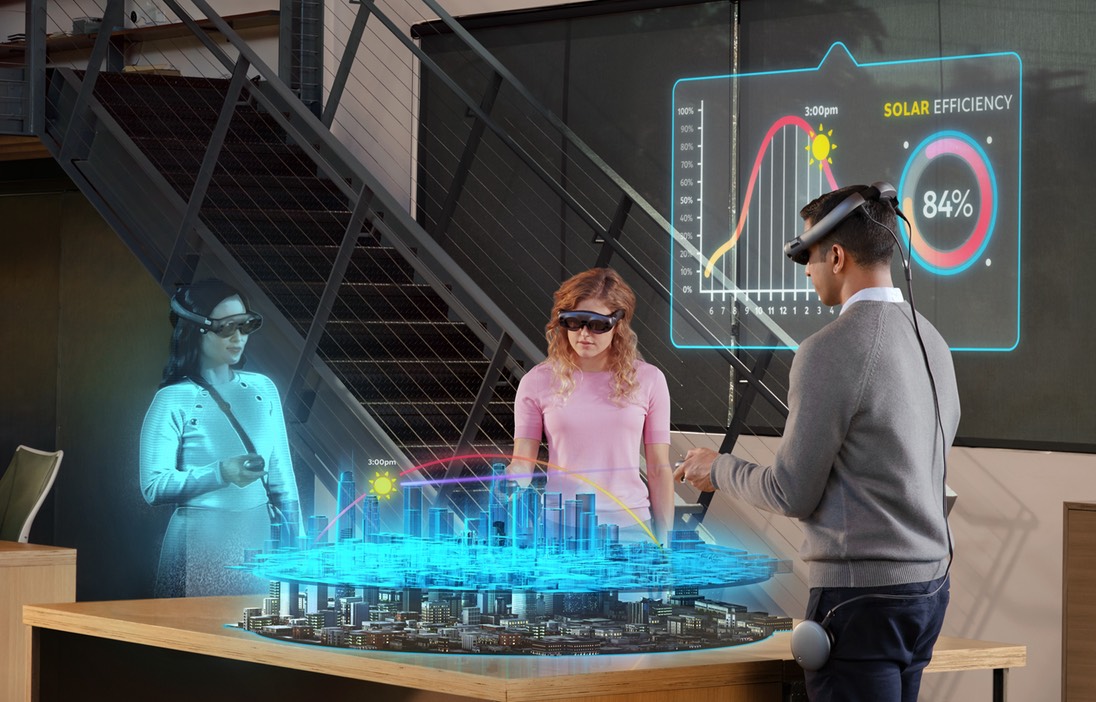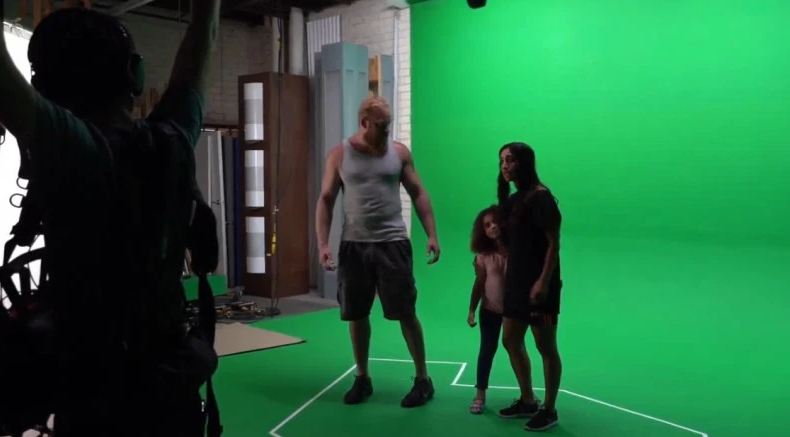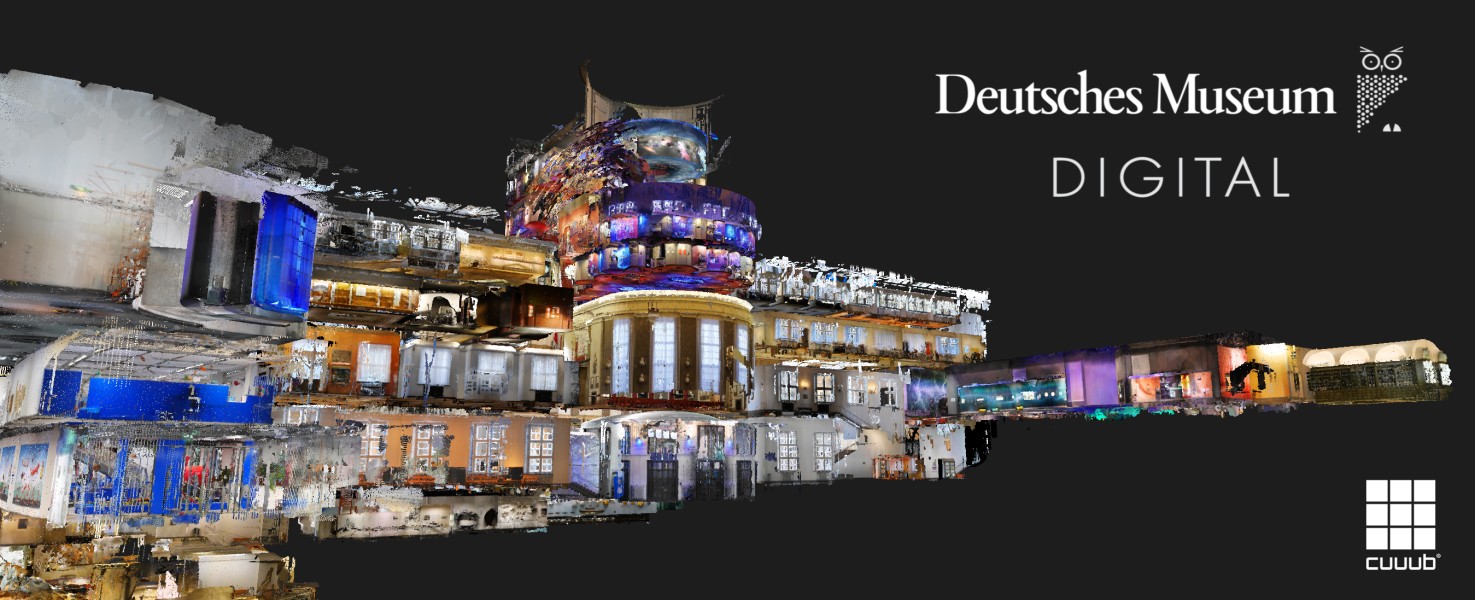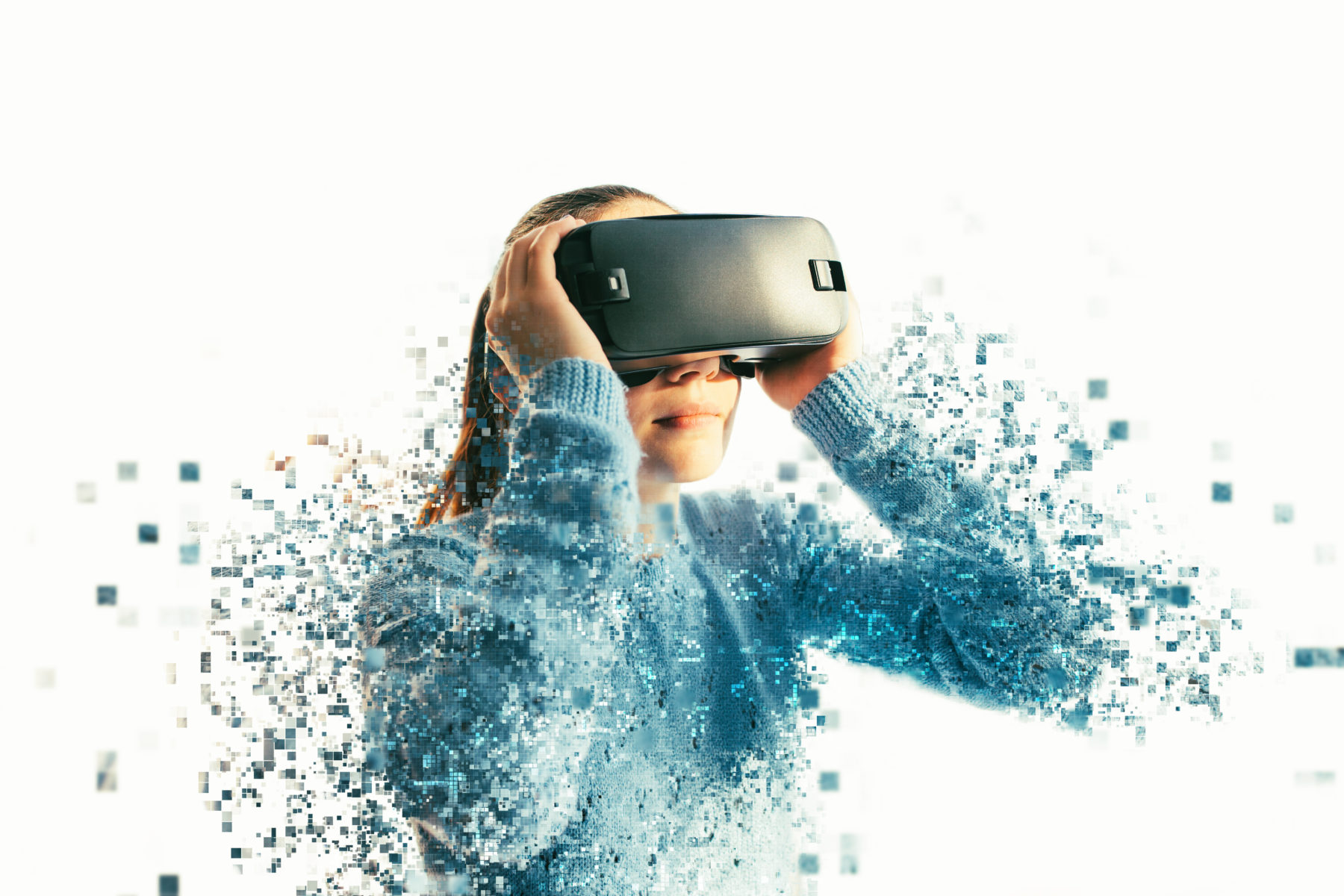True business continuity today requires more than replacing in-person meetings with conference calls and live events with webcasts. Our Chief Product Officer, Omar Khan, shares his perspective on the technical and behavioral changes needed to adjust to the new world of work.
The world of work is rapidly evolving. The standard 9 to 5 schedule has long been a thing of the past, and in theory, we’re all bought into the idea of working from anywhere and remaining connected and productive. In fact, a recent study from GlobalWorkplaceAnalytics.com shows that 80% to 90% of the US workforce says they would like to telework at least part-time.
In practice though, it’s more challenging. The disruption to global business, now being felt very acutely as of this week, illustrates a much larger issue and opportunity as enterprises continue to think about what the future looks like for their workforces.
In a recent report, Gartner said, „We’re being forced into the world’s largest work-from-home experiment and, so far, it hasn’t been easy for a lot of organizations to implement,” said Saikat Chatterjee, Senior Director, Advisory at Gartner, in a recently published report. „[T]he biggest challenge stems from the lack of technology infrastructure and lack of comfort with new ways of working.”
Lack of technology infrastructure and lack of comfort with new ways of working are two barriers to the new world of work that are sure to linger beyond the stemming of the current global crisis. One is technical and one is behavioral; both require a focused strategy to address.
The Technical Solution
Recently, we’ve seen how the application of virtual collaboration tools can work to keep business moving forward. Live events were replaced with webcasts and in-person meetings with conference calls. But true business continuity requires more.
With hundreds of billions of dollars of investment in the underlying infrastructure that is making 5G and higher speeds, larger bandwidths and lower latencies possible, the time is right for technologies like spatial computing to take off. Spatial computing’s ability to leverage computer vision and AI allows it to seamlessly integrate virtual content into the real world around us. By eliminating distance, travel, and the need to produce in the physical world it’s becoming the next wave of enterprise technology. With spatial, we can address the challenges of connection and productivity through remote work, while expanding the realm of collaborative possibility by removing the screen.
As many businesses have done, Magic Leap recently suspended non-essential work-related travel. At the same time, major enterprises like Nestle, Ernst & Young, Twitter and countless others have issued remote-working policies.
There is a present business-critical need for supporting a remote workforce, but this trend will continue into the long-term. The growth of the gig economy that employs 36 percent of Americans, the liquid workforce and the need to support an employee population moving farther from cities as cost of living continues to rise all indicate the need for more robust remote work solutions.
Communication, collaboration and co-presence: Our collaboration and co-presence platform can enable people who are either physically present or digitally co-present to share content and experiences. With multi-person and multi-site capabilities, spatial computing can transform routine office meetings and revolutionize how we learn, conduct design reviews and host brainstorming sessions. For example, with our platform Jump by Magic Leap, companies can merge their digital content and experiences with multi-person, multi-site, volumetric co-presence in the physical world, enabling new forms of collaboration.
3D visualization: Spatial enables holographic teleportation through spatial computing. Employees can use it to turn any room into a 3D workspace. Instead of catching a flight to meet a client, you can put on a Magic Leap 1 headset, run Spatial, and teleport into their office. As spatial computing further evolves, we may live in a world where physical space and distance are no longer relevant.
Spatial computing also has the ability to create 3D visual models of anything from a jet engine to complex datasets and lets teams visualize them in the physical environment at scale. Today, such objects are confined to spreadsheets, servers and screens. Skender, one of the largest general contractors in the United States, is deploying our technology to design, manufacture and build modular multifamily buildings in Chicago. Using Magic Leap 1, they’re working together with VIM, to augment the physical space and help people visualize the finished product.
Learn and assist: Spatial computing will also redefine training, reskilling and upskilling as we grapple with an aging workforce in industries like manufacturing. And as industries like retail look to do more with less to combat razor thin margins, spatial computing can be used to create experiences that help to drive sales and foot traffic.
Jabil, a leading manufacturing solutions provider, is working with Magic Leap technology to train production-line operators and simplify complex assembly operations. With digital instructions integrated into their physical environment, operators can better understand the requirements of their roles and complete their work with greater speed and accuracy.
Behavioral – Working Beyond the Screen
Until now, our interaction with the digital world has been behind a screen, which leaves many people that work remotely feeling isolated. A new report from the health insurance company Cigna found that the percentage of people identifying as lonely increased from 54% to 61% between 2018 and 2019; remote workers, especially those in the gig economy, were among the loneliest groups identified.
Spatial computing removes the barrier of the screen. Unlike VR, it doesn’t isolate us from the physical world. And unlike AR, it doesn’t require holding another screen. With spatial computing, digital content lives in the physical world just like we do.
BNP Paribas, a leading global bank and real estate business is implementing Magic Leap technologies across locations in Europe and Asia. Using Magic Leap 1 and the communication and collaboration platform from Magic Leap partner, Spatial,, BNP has enabled employees from across its global network to be digitally co-present in the same space, allowing them to interact as if they were all in the same room, despite being thousands of miles apart. They can walk-through a 3D model of a building or neighborhood map, then take part in a brainstorming session around its future development.
Since implementing these solutions in early 2019, BNP Paribas Real Estate has been able to lessen costly employee travel, reduce its carbon footprint and change the way its employees, and in the near future, its customers, interact and collaborate with each other.
The spatial era will define the new world of work, a world where meeting rooms don’t have to be rooms at all, the experience is screenless and frictionless and desktops, laptops and even mobile phones give way to lightweight, wearable computers that bring the physical and digital worlds together – to bring us all closer together.
Quelle:
https://www.magicleap.com/news/news/the-future-of-work-equipping-the-workforce-of-today-with-the-tools-required




